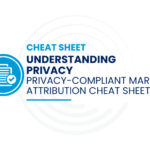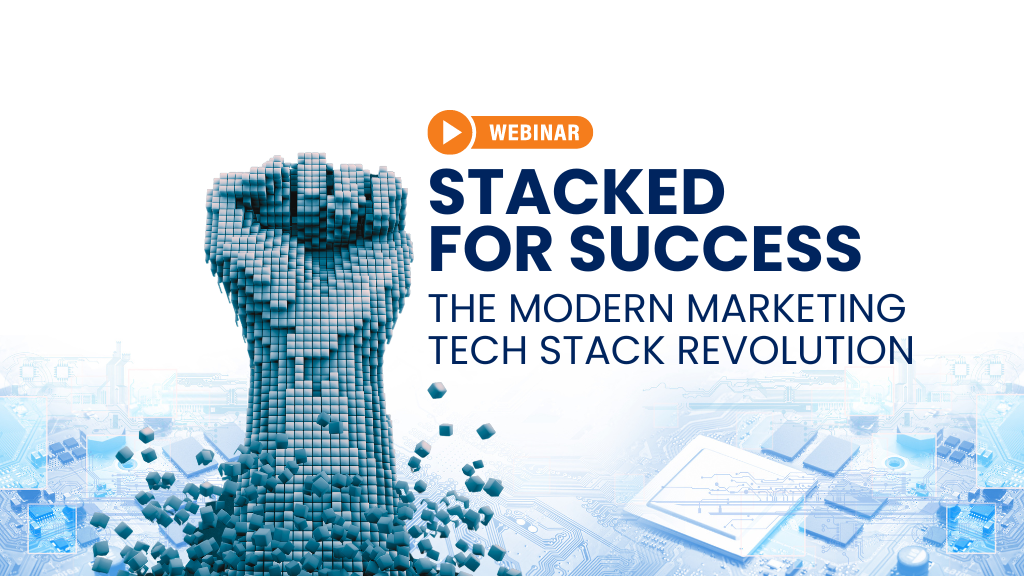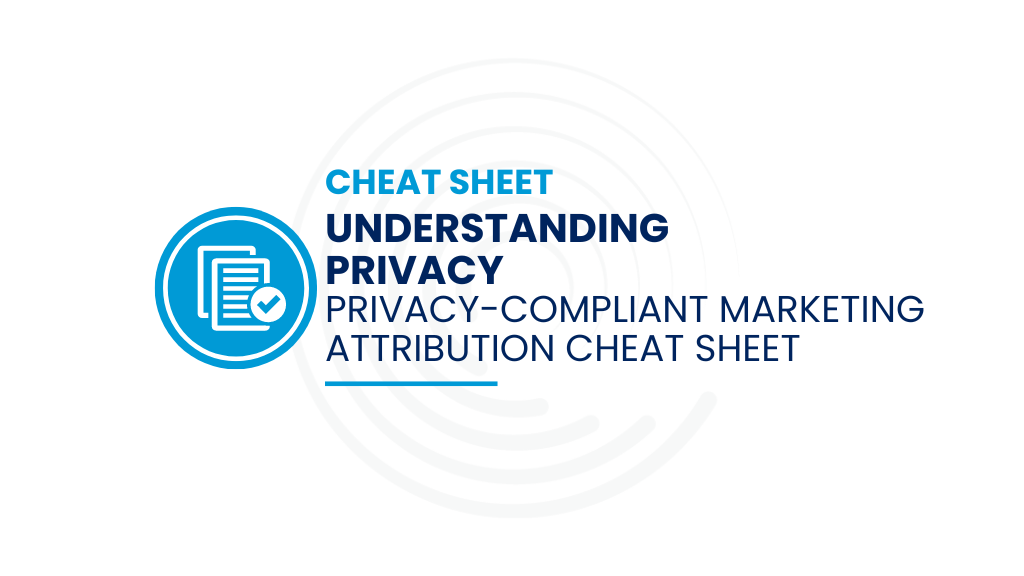I just got an aquarium. I convinced my good friend and colleague Jay to remove the divider between our desks, and put an aquarium between us instead.
Anyway…
I was trying to draft a blog post regarding the importance of addressing Salesforce data disconnects and not solely adopting new technologies to solve for these problems. As I was trying to get started, I kept getting distracted by Ke$ha (our Dalmation Molly), Michael Phelps (our Danio) and Sebastian (our Little Mermaid shrimp). Suddenly, it hit me- the aquarium I’m looking at is actually the perfect analogy for this post.
So, let’s get creative here.
Let’s start off with the aquarium tank. The tank symbolizes your business, and your CRM is the glass that’s holding it all together. It’s the framework for the aquarium, just as Salesforce should be considered the backbone for your business. It’s crucial that we get an aquarium with sturdy glass before we add any water or fish. In parallel, you need a Salesforce instance that’s configured well and running smoothly, or everything will fall apart.
Once our fish tank is built, the fish we subsequently add represent our marketing stack. We all want pretty fish, but at the end of the day we can mix and match them to our desire based on opinion and taste.
Now – the water inside the aquarium symbolizes our business’s data. Regardless of the tank or the fish, big or small, fat or narrow, colorful or dull… the water will always have to be clean. If not, all fish will die (apologies for the morbidity!). Therefore, it’s absolutely essential that we get a filter. The water filter will ensure that our tank stays clean, and that all of our fish survive. This is where we come in – Full Circle Insights acts as the aquarium filter. It’s the tool that keeps our data in Salesforce accurate, which ensures that any tool in your marketing stack uses clean data. So what am I getting at here?
As many of you know, Salesforce was founded as a CRM for sales teams in 1999, and wasn’t geared towards the data-driven marketer. Luckily, it’s possible to enhance the platform using Apex code.
So… what happens if we use Salesforce for our business without addressing the enhancements necessary for the marketer? First off, marketing data will be overwritten. Standard Salesforce views the funnel in a linear fashion. When you have a lead or contact move through the funnel, you’re unable to report on their progression to get metrics like volume or conversion rates. We know that the nature of a B2B sales cycle involves leads and contacts falling out of the funnel and then re-MQLing. We need visibility into these iterative engagements to start to track our campaign performance and fully understand our funnel! In addition, what about those stray Opportunities that sales reps are creating? How do we attribute revenue to them, or even understand where they’re coming from in the first place? I can go on and on with other necessities, but you can see what needs to be enhanced in the platform here (or in a demo!) so I’ll just stop there.
Regardless of how exceptional your marketing stack is – if you’re not enhancing Salesforce functionality, your Martech stack won’t be pulling accurate data. Here’s a challenge for you.. try running similar reports in your stack and in Salesforce – do the reports match? Can you prove them? Put simply, “garbage in, garbage out.” No matter how pretty the picture or graph, what’s the point if it’s using inaccurate data?
If we want a healthy fish tank, we need a filter. If we want accurate Salesforce data, we need Full Circle Insights.
Yours truly,
An aquarium hobbyist







